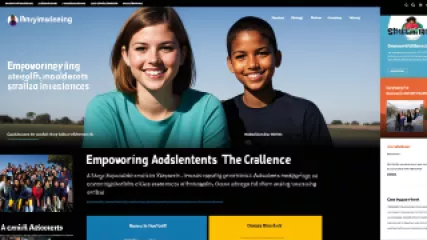How to Improve Mental Health Literacy: A Step-by-Step Guide
vor 1 Jahr
Wissen über psychische Gesundheit
Rising Above Challenges: A Journey of Personal Growth
vor 1 Jahr
Hindernisse überwinden
The Key to Success: Importance of Work-Life Balance
vor 1 Jahr
Work-Life-Balance
Exploring Spirituality in Therapeutic Sessions
vor 1 Jahr
Spiritualität und psychische Gesundheit
Voices of Resilience: Coping Strategies for Mental Health in Rural Areas
vor 1 Jahr
Psychische Gesundheit in ländlichen Gebieten
Effective Strategies for Overcoming Procrastination: A Research Summary
vor 1 Jahr
Prokrastination überwinden
Exploring Social Media Impact: An Exclusive Interview
vor 1 Jahr
Auswirkungen sozialer Netzwerke
How to Achieve Work Life Balance: A Step-by-Step Guide
vor 1 Jahr
Work-Life-Balance
Mastering the Art of Overcoming Obstacles: A Life Coaching How-To Guide
vor 1 Jahr
Hindernisse überwinden
The Importance of Work-Life Balance: My Personal Perspective
vor 1 Jahr
Work-Life-Balance
Effective Strategies for Emotional Health: A Step-by-Step Guide to Therapy for Stress Relief
vor 1 Jahr
Emotionale Gesundheit
How to Handle Criticism: 5 Effective Strategies
vor 1 Jahr
Kritik bewältigen
Empowering Adolescents: Addressing Challenges and Fostering Resilience
vor 1 Jahr
Herausforderungen im Jugendalter
10 Must-Know Social Networking Impact Trends for Digital Coaching Services
vor 1 Jahr
Auswirkungen sozialer Netzwerke
7 Lessons from 'Homeward Bound' for Animal-Assisted Therapy
vor 1 Jahr
Tiergestützte Therapie















